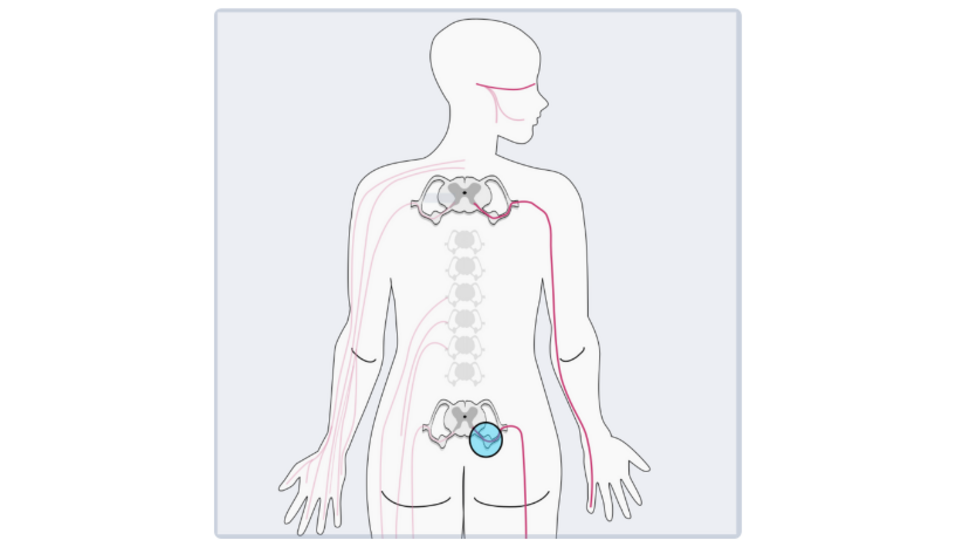Using a quantitative mass spectrometry technique coined DIA-PASEF, researchers generated a comprehensive overview of the proteome (the collection of all proteins in a sample) in both male and female samples across two tissue types in the PNS. This dataset, which is publicly accessible at sensoryomics.com, serves as a reference point for future research in the field. Their proteomic findings were then compared to datasets on DNA accessibility ("epigenomics") as well as RNA expression ("transcriptomics") from the same tissue type.
Across all data, one inflammatory pathway stood out: TNFα (tumor necrosis factor alpha) signalling was consistently enriched in male samples. Supporting this, evidence from clinical trials show that treatments targeting TNFα may work differently depending on a person's sex and/or hormone levels. Together, these results lay a foundation for future studies into why this difference is seen.
"The molecular pathway we are looking at here - TNFα signalling - has been widely discussed preclinically in the context of pain/inflammation. We were looking at samples from pain-free donors here, suggesting that molecular sex differences are present in healthier states too. There’s a lot of literature suggesting that TNFα inhibitors in the clinic are more effective in men and come with more adverse reactions in women, but we don’t know if this could be due to differences in disease etiology or a pharmacological response difference. All together, there are still lots of open questions, but this is a great resource to get us started on answering some of them" says Ali Barry, PhD, Post Doc at the Division of Pharmacology and Toxicology at the Department of Pharmaceutical Sciences.
More broadly, this study adds to a growing field of work highlighting how and why male and female nervous systems respond to pain and pain treatments, highlighting a need for more personalized approaches to pain management options.
Check out the video abstract to the paper here.
Original Publication:
Barry, Allison M.; Sondermann, Julia R.; Lesnak, Joseph B.; Xian, Feng; Franco-Enzástiga, Úrzula; O'Brien, Jayden A.; Gomez-Varela, David; Schackmuth, Morgan K.; Shiers, Stephanie; Price, Theodore J.; Schmidt, Manuela. Multi-omic integration with human dorsal root ganglia proteomics highlights TNFα signalling as a relevant sexually dimorphic pathway. PAIN ():10.1097/j.pain.0000000000003656, May 20, 2025. | DOI: 10.1097/j.pain.0000000000003656
Scientific Contact:
Allison Barry
Department of Pharmaceutical Sciences

